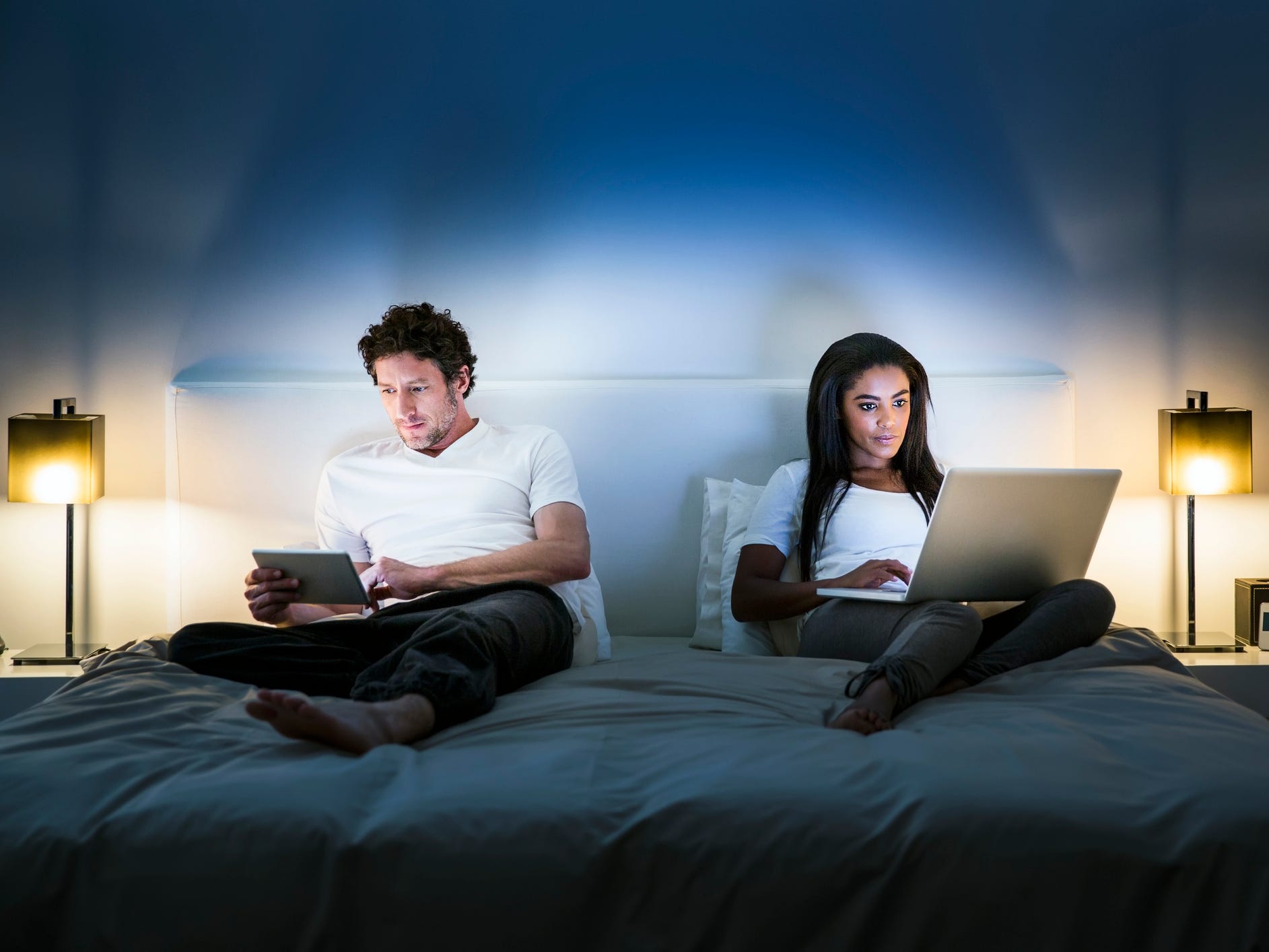
Portra/Getty Images
- Blue light is a shorter-wavelength colored light found in everything from traditional light bulbs to computer and smartphone screens.
- Blue light is good for your body during the day, but at night blue light can affect your circadian clock and body's ability to produce melatonin, causing mild to more severe health effects.
- Experts say you can reduce the negative effects of blue light by wearing blue light blocking glasses and using screen dimmer or warmer apps, and night mode on devices.
- Visit Insider's Tech Reference library for more stories.
It's true that the amount, color, and timing of the light we're exposed to – especially in this era of frequent screen use – affects the complex systems in our bodies.
But the ominous blue light coming from your computer isn't necessarily the villain it's made out to be. Here's what you should know about how blue light affects you and when you should consider turning down that screen.
What to know about blue light, and where you can find it
Blue light has more "energy" than other colored lights on the visible spectrum with wavelengths that are also relatively short – about 380-500 nanometers instead of the 700 nanometer-long wavelengths of red light.
During the day, blue light is good for our bodies. It's one of many wavelengths of visible light that we're exposed to, and we get much of it from the sun. Even the lights one might buy to fight seasonal depression are rich in blue light because, during the daytime, blue light boosts mood, memory, and alertness.
According to Shadab Rahman, Instructor of medicine at Harvard Medical School in the Division of Sleep Medicine, blue light is something that people should be getting more of. "Our indoor lighting during the day is way too dim, and so we don't get enough blue light during the day," Rahman said.
But that same blue light that was fine during the day becomes a problem after-hours. Blue light can be harmful when one is exposed to it in the evening, as the body's response to natural light can become confused. And with our ever-increasing reliance on electronics, blue light happens to be in many of our modern lights and devices.
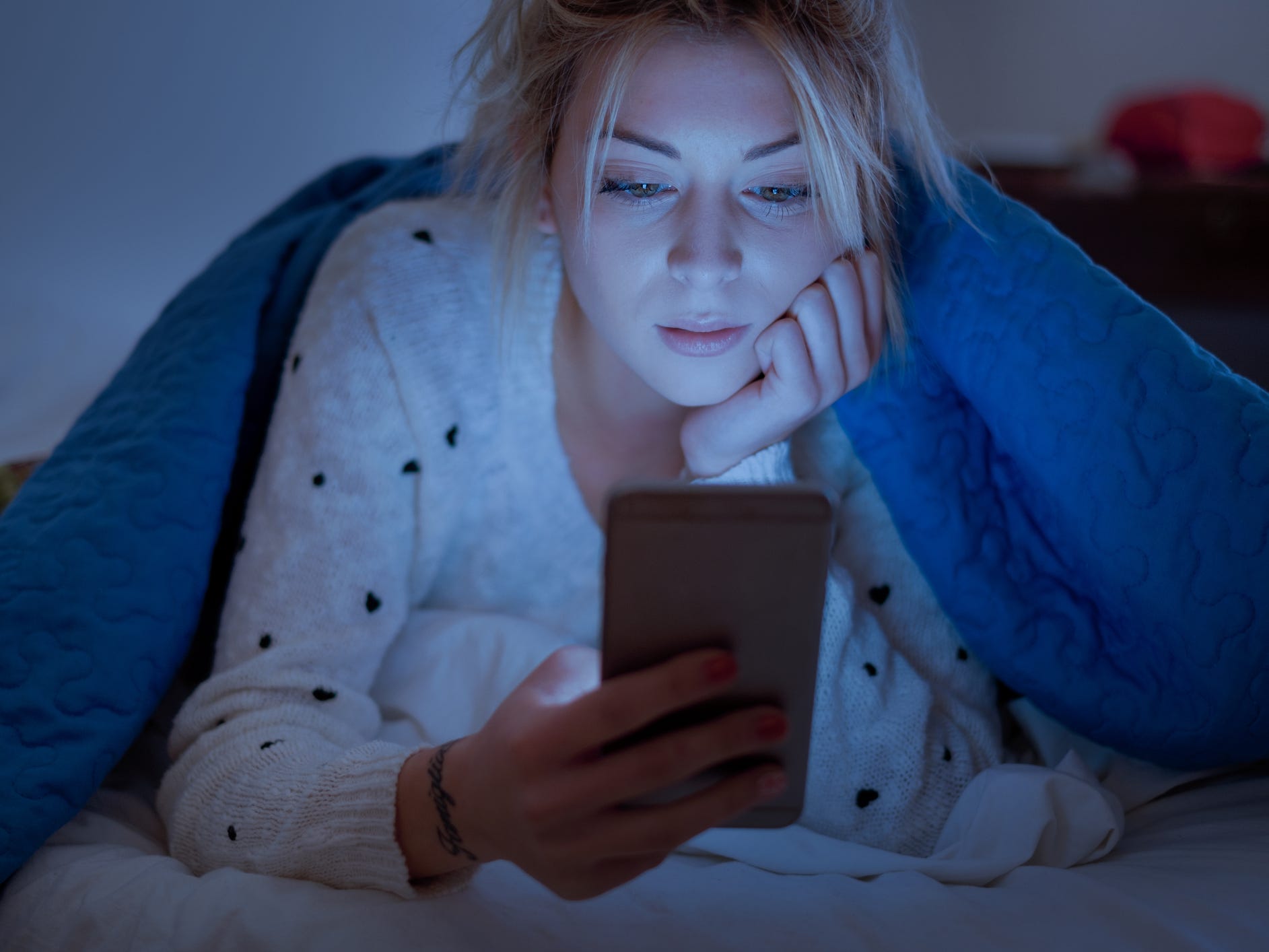
tommaso79/Getty Images
Martin Moore-Ede was a Harvard Medical School professor for over 20 years, where he researched the human brain's biological clock. Then he founded Circadian ZircLight, a company that makes timed LED lights for workplaces that are nearly free of blue light at night. He said LEDs that emit blue light frequencies are common because they're cost and energy-efficient.
"The very first LED chips came out with different colors, but they weren't very good at energy efficiency," he said. "What they found out is once you got down to the shorter wavelengths, particularly down on the blue, you were able to much more efficiently convert electricity into light."
As a result, we're now overexposed to blue light at night due to LED lighting, which lights our computers, phones, and televisions. But blue light also exists in regular lighting in the home, which Rahman says is too bright for our bodies in the evening.
"The standard we have evolved over billions of years to is the standard of the sun going up and the sun going down," Rahman told Insider.
How blue light affects your health
While blue light's presence in our lives is growing - as are concerns about its effects - in general, blue light is not bad for your health. But, again, it's ultimately about when you're exposed to it.
"That blue is what our eyes and our bodies are hunting for, that tells us it's daytime or nighttime. And if we mess with Mother Nature - if we mess that up - then we get all sorts of medical problems," Moore-Ede said.
Blue light enters your eyes through the cornea and lens to the retina, where it can act on retinal ganglion cells. These cells are highly sensitive to blue light and serve to regulate our circadian clock - that 24-hour cycle that gives cues to the rest of the body on everything from cell growth to hormones.
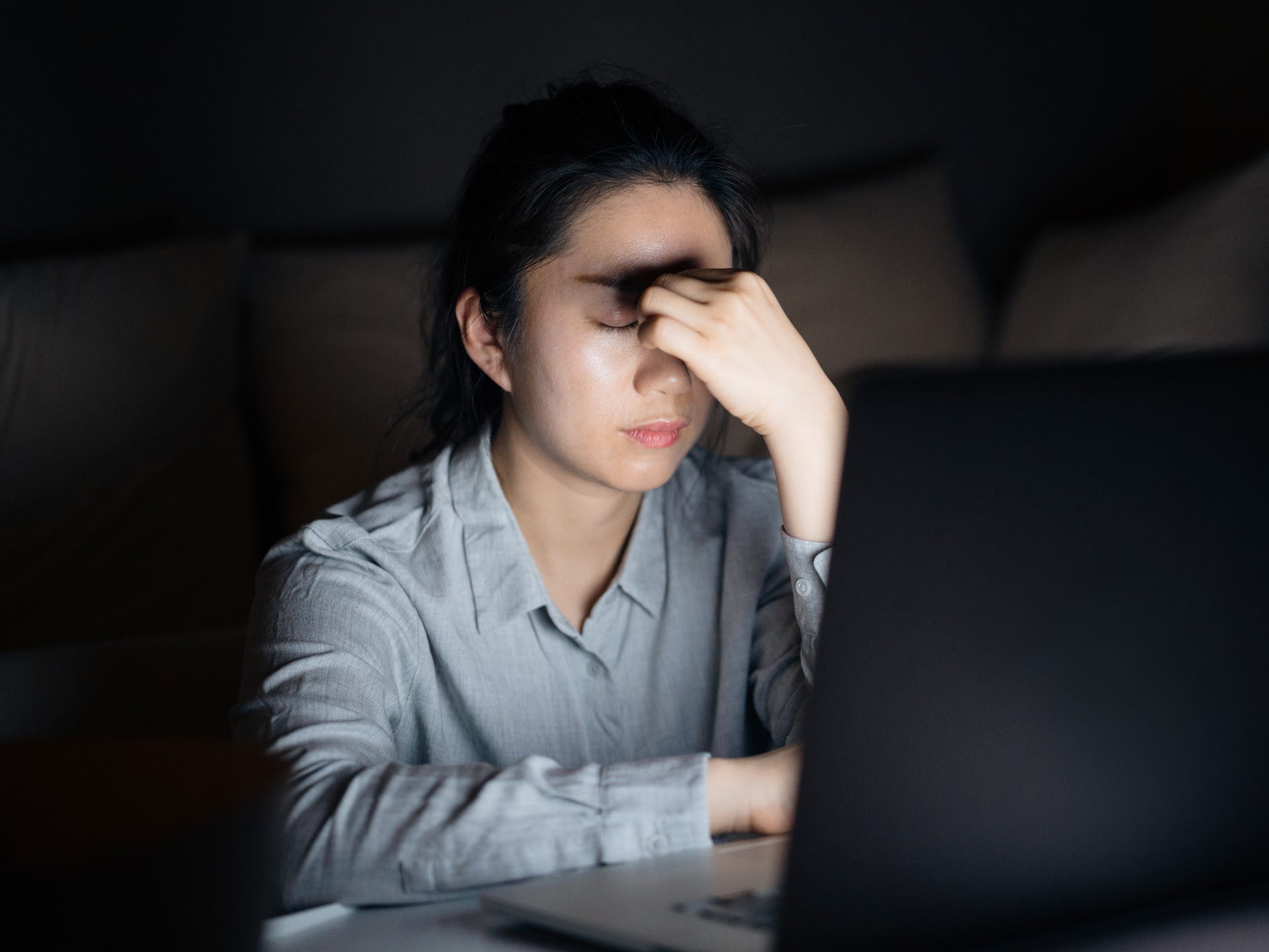
dowell/Getty Images
Anyone who's felt the unpleasant effects of jet lag has experienced an abrupt change in their circadian clock. Blue light at the wrong time essentially recreates this effect - it can lead to a mild case of prolonged jet lag, or worse, according to Moore-Ede. That's because blue light impedes the body's ability to produce melatonin, which plays an outsized role in sleep.
A reduction in melatonin has also been linked to more severe health problems over time, including liver problems and even breast cancer. These effects, Moore-Ede said, are seen in populations that work night shifts in buildings flooded with overhead blue light, underscoring the value of methods that can reduce exposure to blue light.
"Disrupting the biological clock in and of itself can cause physiological abnormalities," said Rahman. "Not only tumor progression, but diabetes, depression - everything that is timed in your body."
How to reduce adverse effects of blue light
The best way to reduce the negative impacts of blue light would be to minimize exposure in the evening hours. Think four to five hours before bedtime, according to Rahman. He also suggests adjusting the brightness and color of lights in the daytime and evening.
But for those who work late hours or night shifts, this isn't always possible. If you fall into this category, here are a few other ways to reduce exposure to blue light every day.
Use brighter daytime lights and dimmer evening lights to avoid blue light side effects
According to Rahman, the easiest way to get the circadian clock and other light-linked biological functions on track are to get plenty of bright blue light during the day with bright indoor lighting. At night, you should switch to dimmer, warmer lights.
Two separate bulbs for night and day are a simple way to fix an overexposure to blue light. You could also opt for timed lights that do this for you if you're willing to spend a little more.
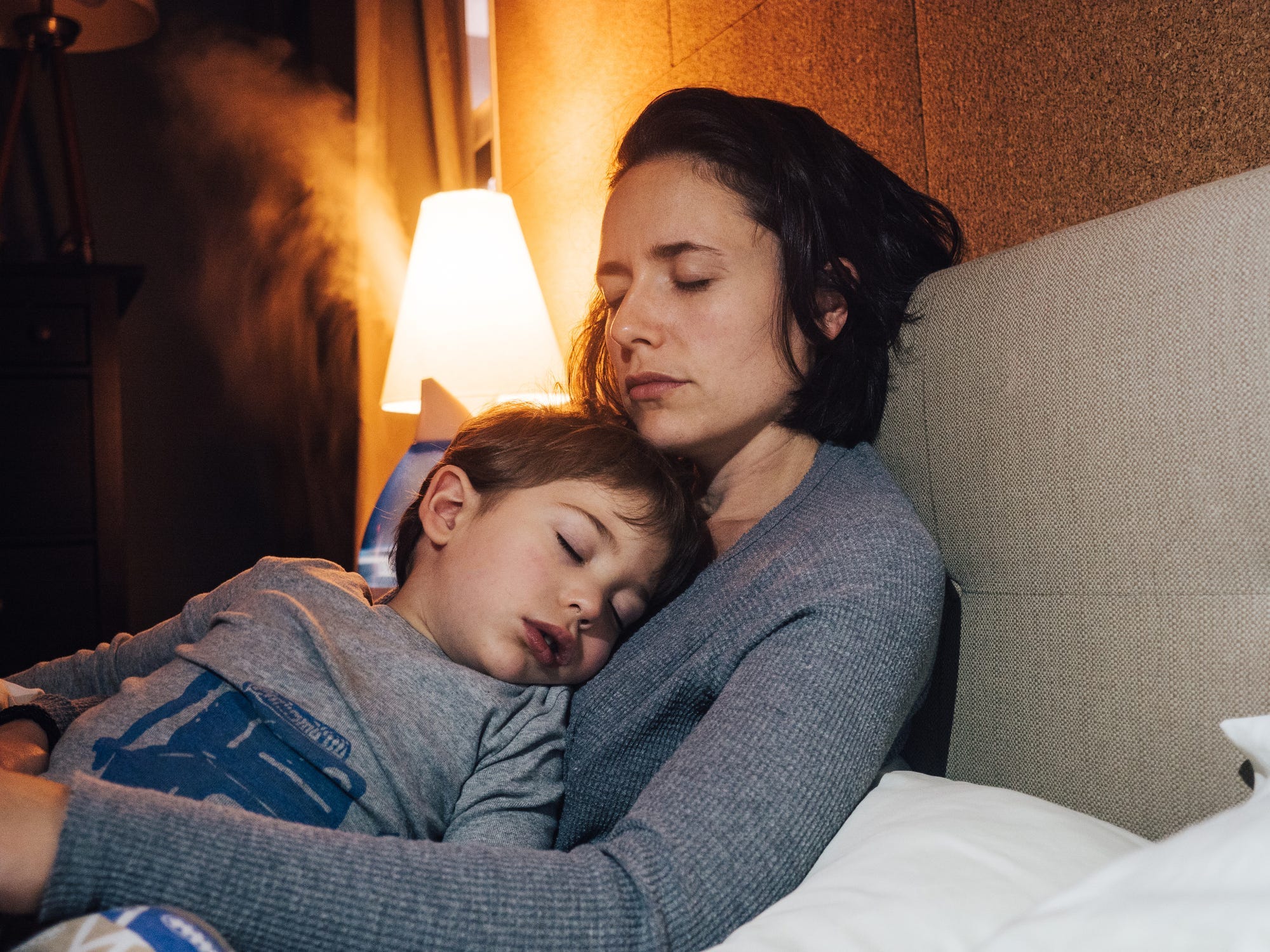
Ray Kachatorian/Getty Images
Enable the built-in night mode on devices to stop blue light effects
Though not all night modes filter out blue light, most dim the lights behind the screen, which is better than nothing. According to Rahman, you should enable night mode or dark mode settings on devices and apps in the hours leading up to bedtime.
Monitoring your app settings may be especially important after 2020. According to Insider Intelligence, social media usage not only climbed in 2020, but US adults spent the majority of their device time in apps.
Here are a few ways to switch your devices and popular social media apps into a dark or night mode and reduce blue light.
Devices
Apps
Apps that dim and warm light to minimize blue light exposure symptoms
According to Rahman, if you're looking for something more convenient than remembering to dim the lights or enter night mode on devices, apps that dim and warm screen light settings also work. You just have to make sure you're using them correctly - and in tandem.
"It's not sufficient to just make your screen warm. You have to make it dim as well," said Rahman. "If you are holding your electronic device two inches away from your face, and you've got the screen to full brightness, but you've got your warm setting on, and it's all appearing yellow, and you think you're safe, you're doing yourself a huge disservice."
You can also adjust built-in brightness and warm light settings on devices like your Windows 10 computer, iPhone, or Samsung Galaxy S10, and with Night Shift on your Mac.
Wear blue light blocking glasses to diminish the negative impact of blue light
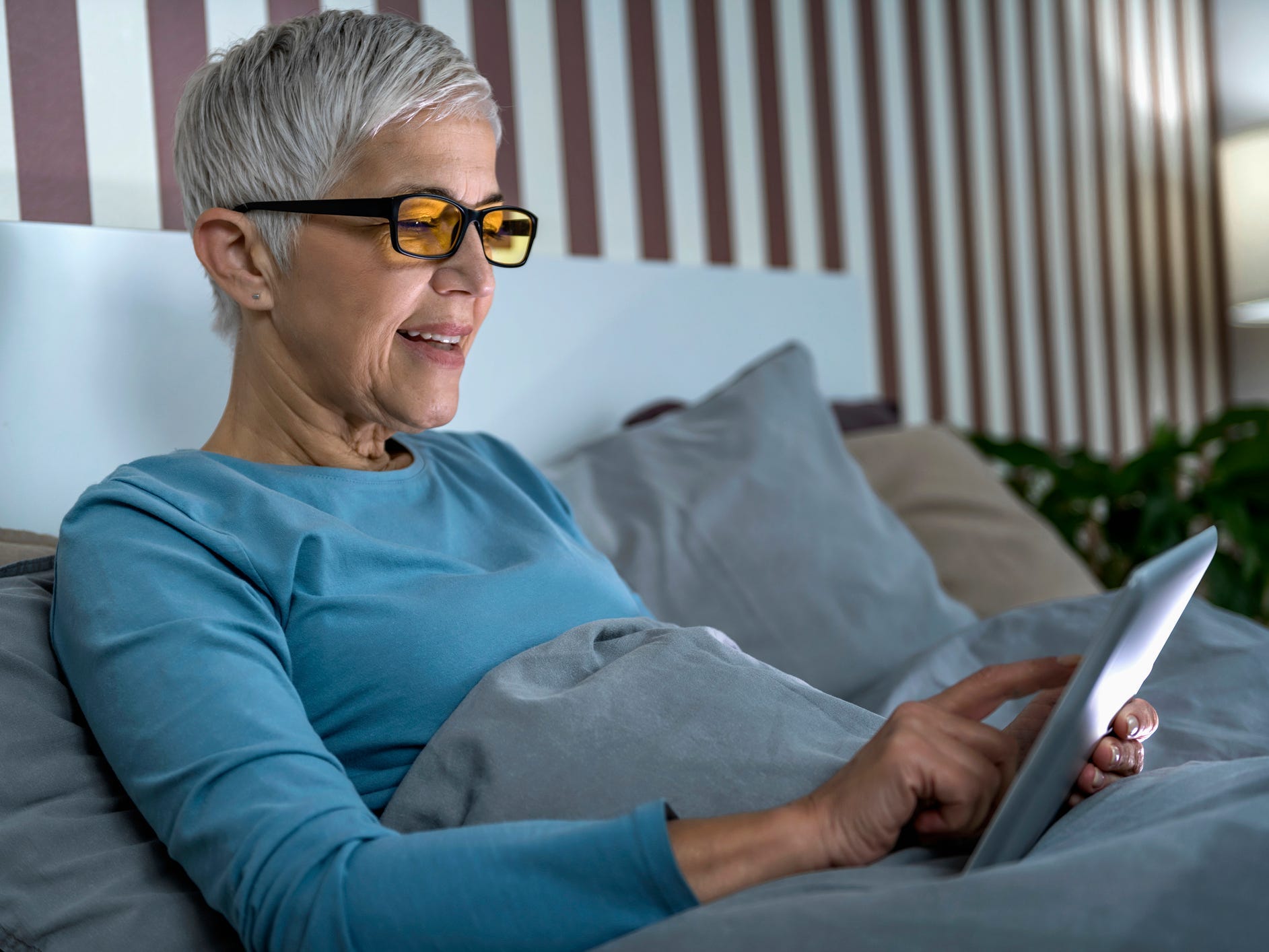
microgen/Getty Images
While the science is still not conclusive, some glasses that claim to filter out blue light are available. But you should also know that not all blue-blocking lenses are created equal.
Look for a pair of good blue light blocking glasses that filter out wavelengths above 380 nm. You should also make sure the company backs up its claims with some independent, third-party research.
Many blue light glasses will not go all the way up to the upper ranges of blue light, which is around 500 to 530 nm. That's because the lens will make everything appear orange, Rahman explained. But lenses that can block out wavelengths in the 400s for blue light filtering are a good alternative. Lower than 380 nm is ultraviolet light, which many lenses also block but isn't the same as blue light.
If you do get blue light glasses, like the BluTech lenses backed by a study, just remember not to wear them during the day. If you're experiencing eye strain and headaches during the day, that may have less to do with blue light and more to do with staring at a computer or phone screen for hours.
"For the general public who are trying to sleep at night and be active during the day, they should not be wearing blue blockers during the day," said Rahman.